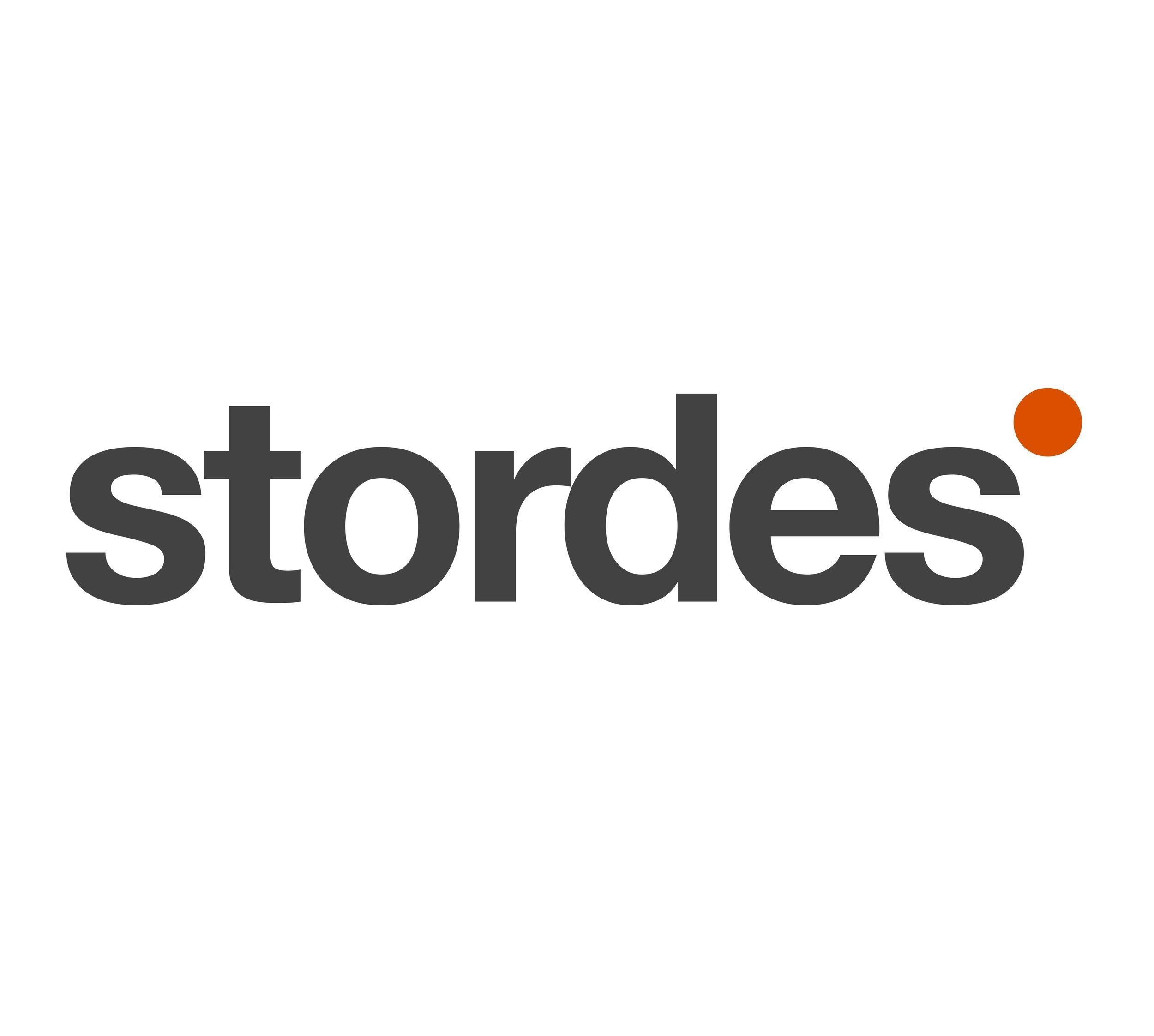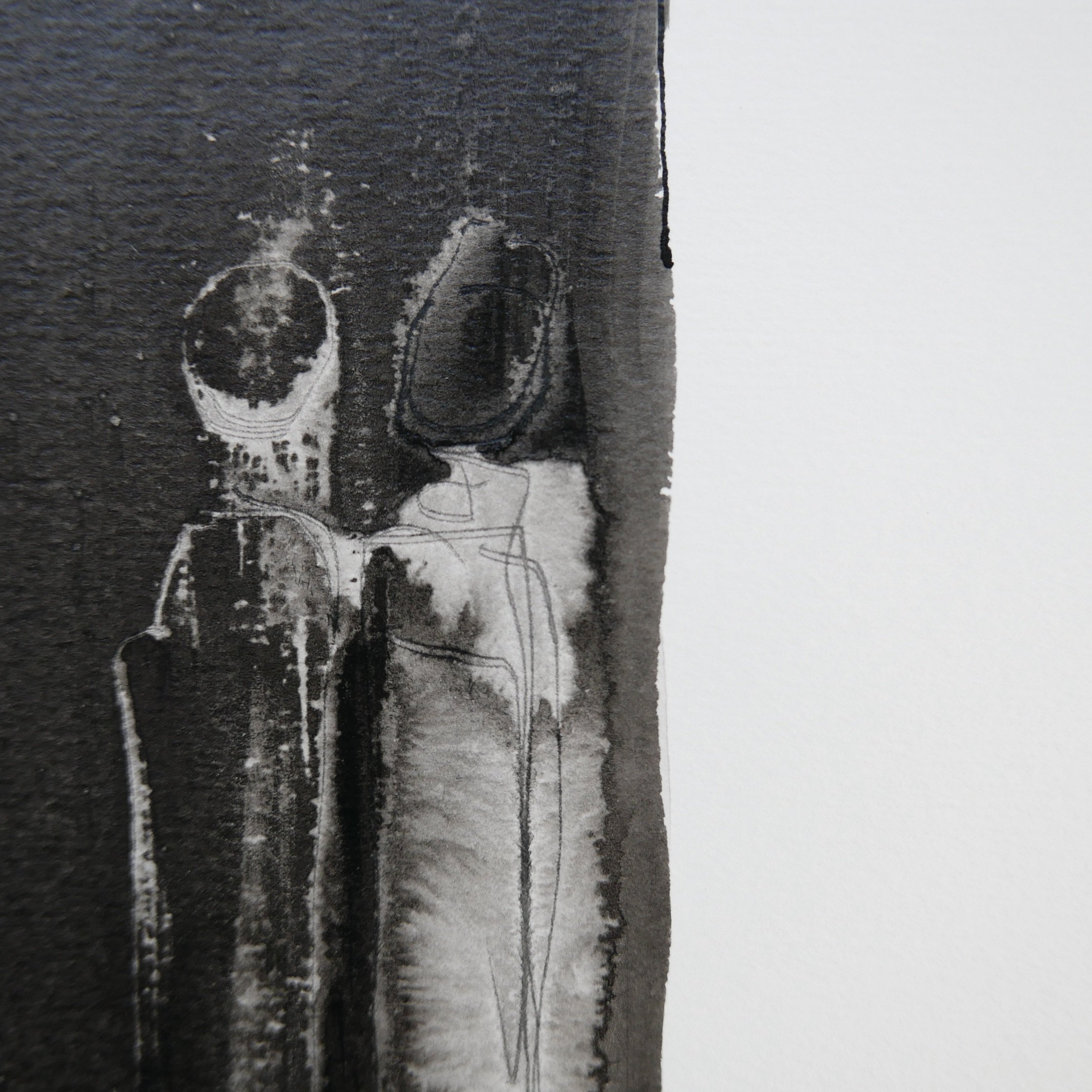elafur eliasson, waterfall, 2016
at chateau de versailles
it is there, undeniable
for some time
urs fisher, wave, 2018
at place vendôme, paris, 2023
mark manders, tilted head, 2019
at central park, new york city
christo & jeanne-claude, the floating piers, 2014-16
lake iso, italy
you read it,
will the moment become reality?
data detox
introduce the idea of data detox to your team,
very briefly
run it for a set period
ignore all information on analyses, progress and results
just say: ‘talk with your colleagues how you proceed’
seeing zero-ing
find various proxies for one ton of co2 emitted
and for each one an associated image
find out your organisation’s tons of co2 footprint
(per day, week,….)
mount, at the entrance of your location, for each ton an image of one of the proxies
update regularly with new images
adjust the number of images to your actual net zero trajectory
document the process
lightly induced links
hand out small differently colour-coded leaflets
to people entering your building when they come to work
invite them to sit during lunch at a table
coded with the same colour as the leaflet
suggest some provoking talking points in the leaflet
indicate that this lunch is work too
video tape the event with short interviews
hein duijnstee, drawing from the series ’what is us’, 2023





